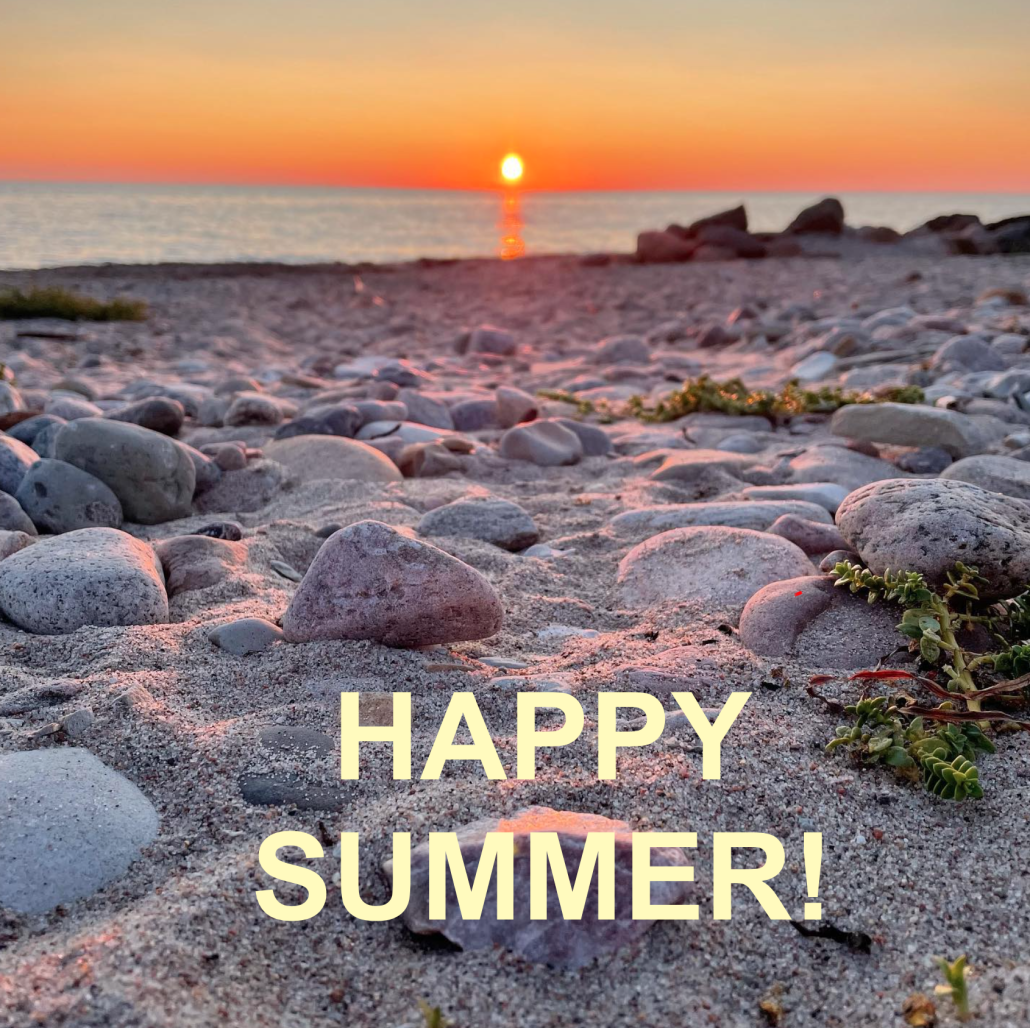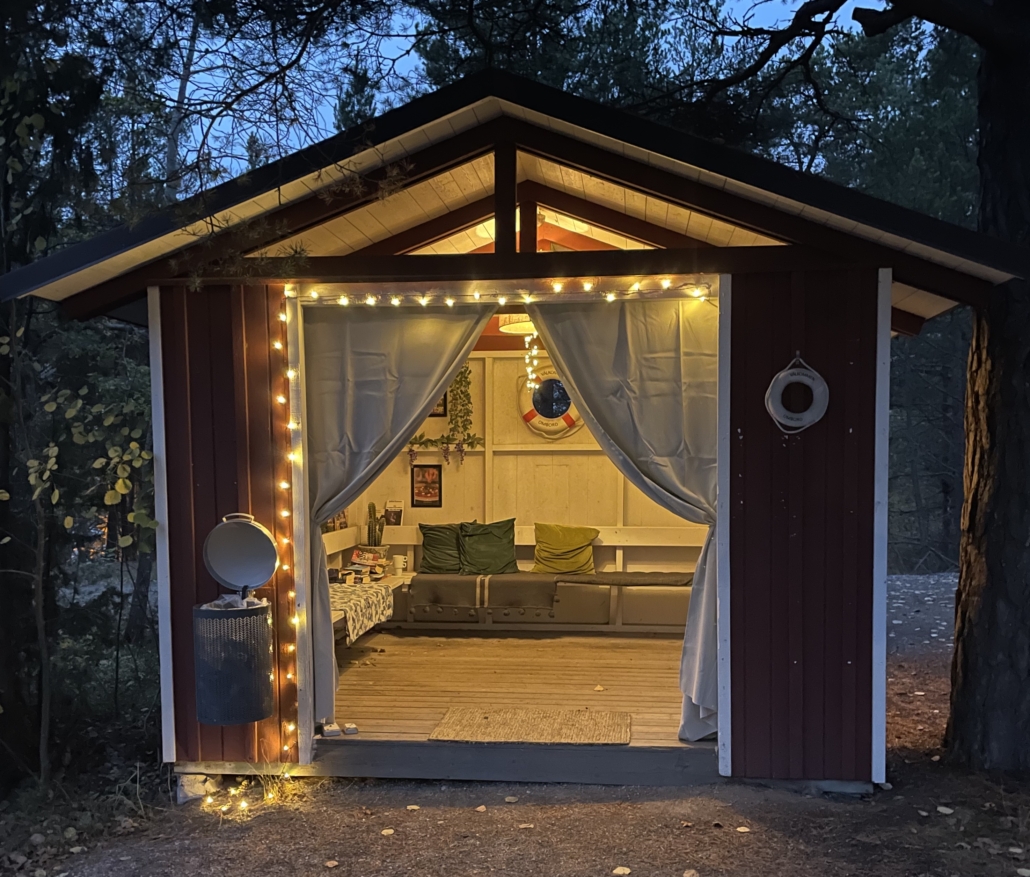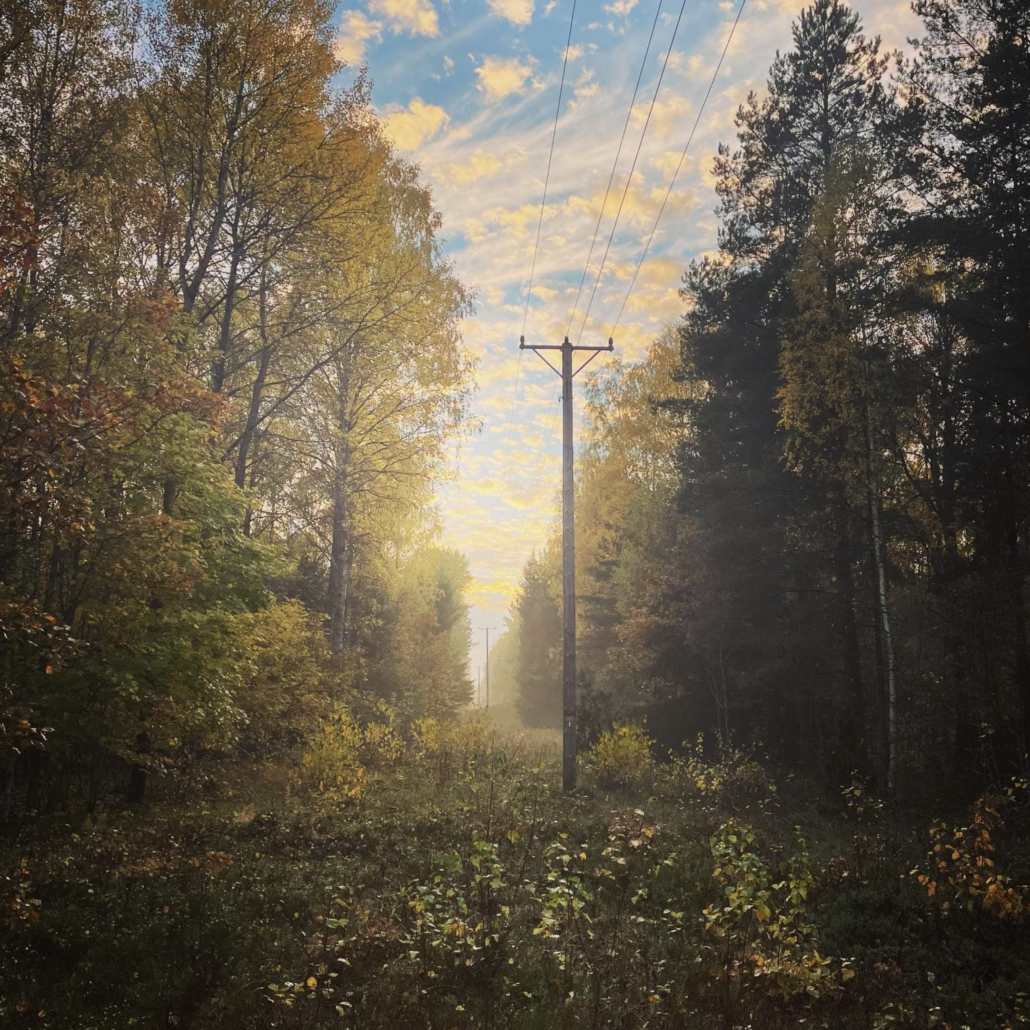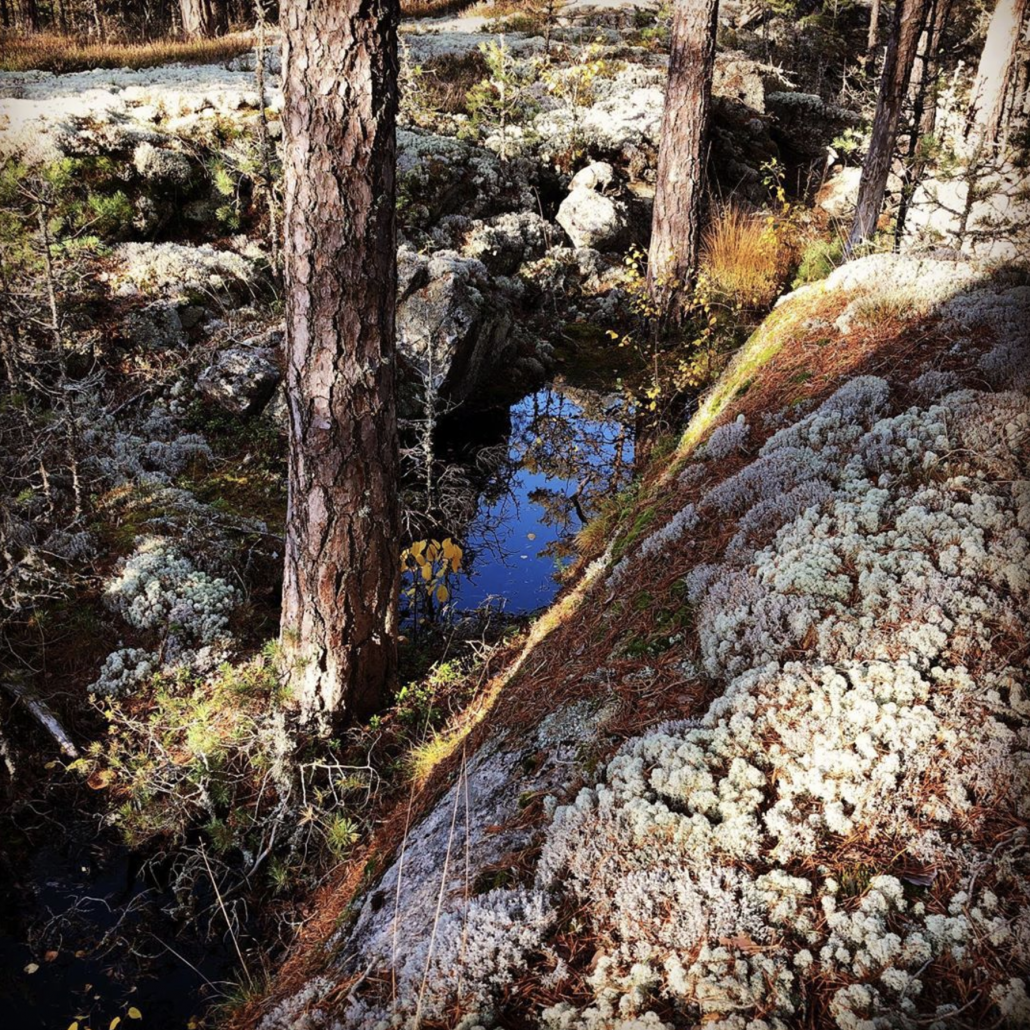Amgen Scholars, Karolinska, June–August 2023
Hi guys & thanks for a great day at Björkö and Birka!
Time has come to plan and prepare your (1) poster, and (2) presentation. Below, you will find some advice, as well as my Google slides from the seminar in June. Feel free to email me for questions, reflections, or feedback.
O.
PS Some of you will have lots of data, and some will have less. This is nothing out of the ordinary, as one has to be really lucky to be completely successful with the experimental part during a short summer research school. So do the best with what you have and focus to turn the communication part into a meaningful learning experience–be ambitious, be proud, be awesome!
olle@bergman.com
se.linkedin.com/in/ollebergman/en
instagram.com/generalblom
A. The presentation 20 June
B. Preparing your poster
Mindset
Remember: if the event is a pond full of fish (i.e. valuable professional contacts), then the poster is your fishing rod! Make it interesting, make it a platform for encounters, interaction, and discussion.
Workflow
I suggest an iterative process, starting with a crude sketch which is improved during a series of feedback cycles. Take help from your group, friends, colleagues, supervisors, and teachers!
Starting point
The simplest way is to use the KI template and work in PowerPoint. You could also find another template on the internet, start from scratch, and/or use InDesign or some other layout program. Either way, make sure you stick to a grid!
The CARP principle
Remember the CARP principle—contrast, alignment, repetition, and proximity? Here’s a video and a pdf chapter.
The title
You could either write a title that describes what your project is about or a title that describes the outcome. You can even ask a bold question!
- Exploring XY-888, a quiggoline-type inhibitor targeting quinone reductases and quinol oxidases
Describes the scientist’s ambition. - XY-888 inhibits both quinone reductases and quinol oxidases
A statement, built on the active verb “inhibit”, which describes the results of the study. - XY-888 – a regulator of the activity of the entire respiratory chain?
A bold research question! (Proceed with caution, as the seniors stopping in front of your poster may feel challenged; are you ready to face some opposition?)
The figures
Make sure that the text in your figures is easy to read from a distance. Remember to Remove to Improve.
Inspiration
This page looks a bit messy but actually points to some really good guides and websites: The Poster Design Hub
C. Preparing your presentation
Mindset
Focus on your main messages, and don’t let them drown in a sea of details!
Workflow
I recommend manual planning before you start designing your slides. As you may remember, Post-It notes can be very useful during this planning stage.
Starting point
Three main messages, your best visuals, your abstract (if you have one).
Links
- Scientific Presentations – a booklet by by Neil J. Cronin
- My favourite presentation: The Magic Washing Machine with Hans Rosling
- A science talk PPT template
This template is based on a chapter in Matt Carter’s Designing Science Presentations.








